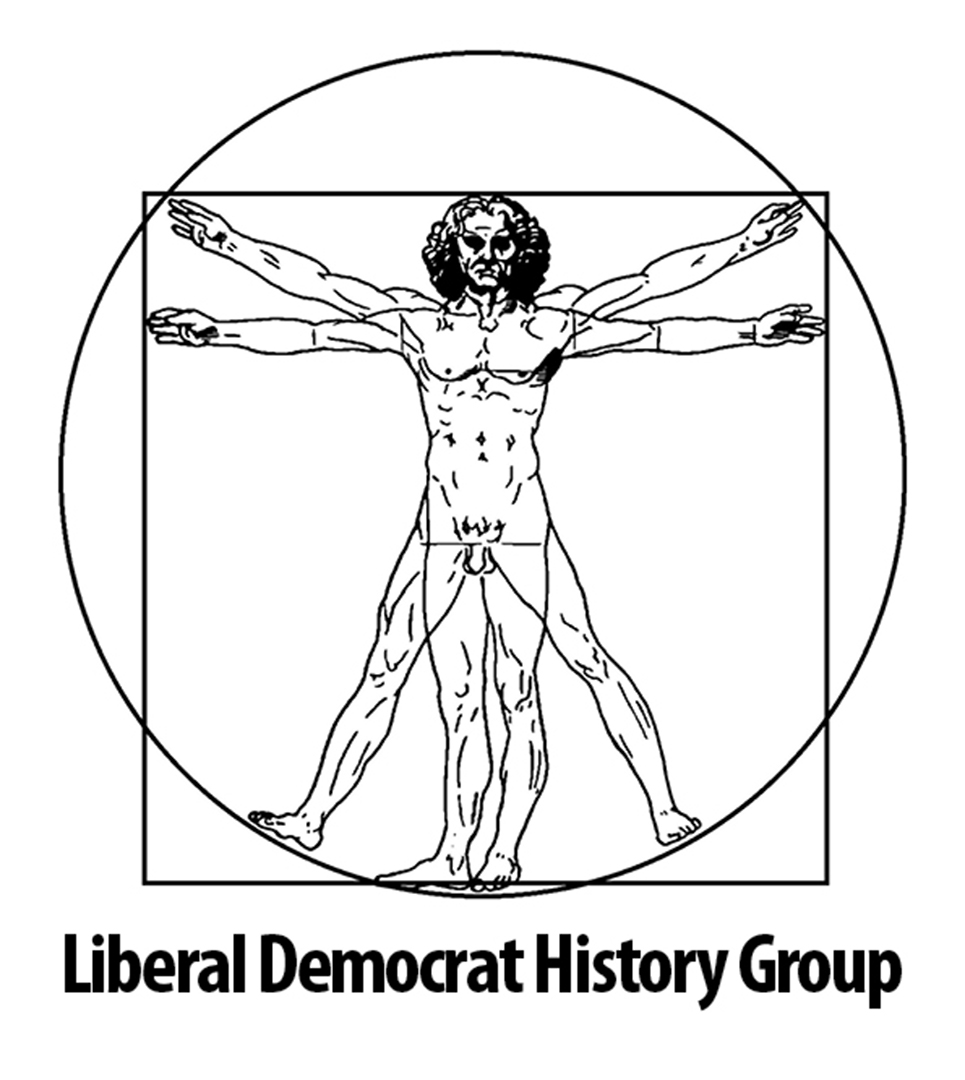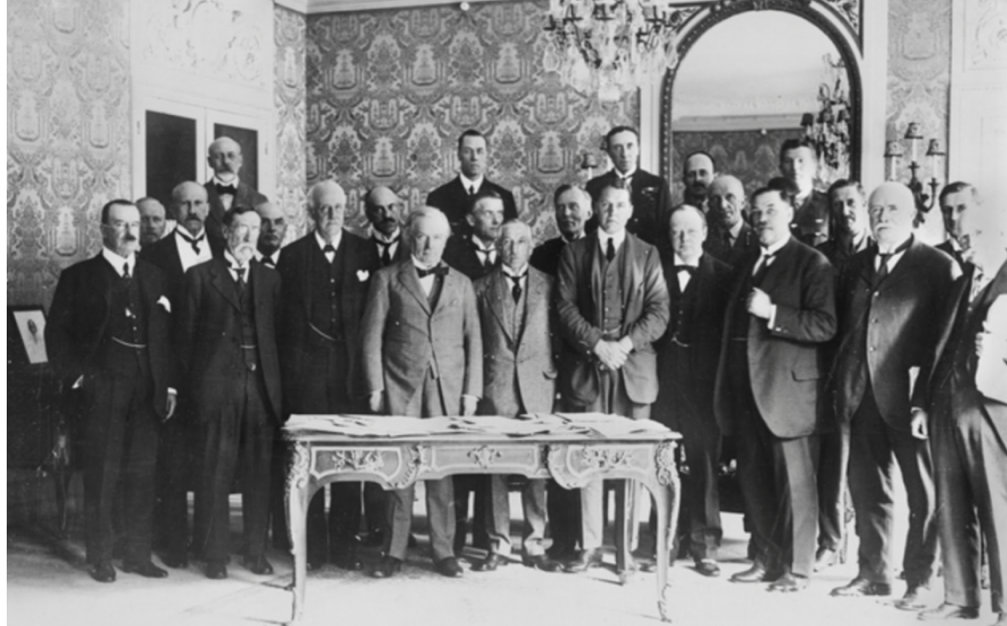John Lawrence Le Breton Hammond (known as Lawrence) was born in 1872, the son of the Vicar of Drighlington in the West Riding of Yorkshire. Lucy Barbara Bradby (known as Barbara) was born in 1873, the daughter of the headmaster of Haileybury College. Married in 1901, the Hammonds had no children. They became pioneer social historians who are remembered especially for their trilogy: The Village Labourer (1911), The Town Labourer (1917) and The Skilled Labourer (1919). In these texts they gave an account of the condition of the English working class during the period of the Industrial Revolution which became a classic statement of the pessimistic case in a long-running debate over the standard of living. Their historical partnership developed in later years as their increasingly precarious health (hers tubercular, his mainly coronary) led to a steady withdrawal from an active participation in public affairs in London and the establishment of an even-paced life of authorship in the country.
Both the Hammonds received a classical education, Lawrence at Bradford Grammar School and St John’s College, Oxford; Barbara at St Leonard’s School, St Andrew’s, and Lady Margaret Hall, Oxford. Their literary work showed them as adept at painting the contrast between ancient Athens and modern Manchester as at elucidating the Homeric references in the discourse of Mr Gladstone. Both came from professional families infused with moral and intellectual earnestness.
The Hammonds gave this heritage a radical twist. Barbara made a striking impression in her youth as an early feminist and became active in social work in London at the turn of the century. Lawrence began a career as a journalist associated with journals on the Liberal left like The Nation and, increasingly in later years, the Manchester Guardian. He was prominently associated with the New Liberalism, which took shape in the social reforms of the Edwardian period, and sought the Liberal nomination at Dover in 1903. His appointment as Secretary of the Civil Service Commission (1907-13) meant that he had to renounce overtly partisan polemics – an initial impetus towards writing history instead.
With their first book, The Village Labourer (1911), the Hammonds established their reputation. Technically their work was founded upon Barbara’s scrupulous research, especially in the public records, expounded in Lawrence’s supple prose. Their account of how agricultural labourers fared under the enclosure measures of the period 1760-1830 opened up a far-reaching debate. They did not deny the economic rationality of the process, but pointed to the way that its costs were borne by the rural poor.
The book culminates in an account of the labourers’ revolt of 1830, which they took as the response to an injustice which could only have been perpetrated while the landed interest governed England untrammelled. This was indeed a study of class exploitation; but the Hammonds were neither Marxists nor determinists, but liberals who looked to the advent of representative government for effective remedy. Their work acquired immediate political overtones with the inception of Lloyd George’s Land Campaign in 1913 which made the land the pivot of Liberal social policy.
In turning their attention next to the urban working class, the Hammonds reinforced the left-wing image of their oeuvre. The Town Labourer (1917) did not disparage industrialisation as such but again asked the awkward question: who had paid for it? They regarded the Industrial Revolution as an exercise in exploitation which fitted the ideologies of an age which took social inequality for granted. Published at the end of the First World War, with revolution on the streets abroad and reconstruction in the air at home, their findings once more fed into current political debate. Their trilogy was completed with The Skilled Labourer (1919), which analysed the impact of technological change in making skilled craftsmen redundant in the early nineteenth century. It presented the Luddite movement in an unwontedly sympathetic light, suggesting that it constituted not only an understandable response by the inarticulate in defence of their livelihood but also an excuse for repression by a reactionary government.
Other books followed, notably the study of the Chartist era which Penguin Books later published in an abridged – and bestselling – edition as The Bleak Age (1947). But the Hammonds’ view of the Industrial Revolution remained their claim to attention – not all of it favourable. In particular, in the 1920s their interpretation was contested by J. H. Clapham, with all his authority as Professor of Economic History at Cambridge.
Lawrence’s own historical research in old age was devoted to the great Liberal statesman who had been the hero of his youth. In Gladstone and the Irish Nation (1938) he made brilliant use of the privileged access he had been given to Gladstone’s diaries to render his Irish policy comprehensible in historical context. Again this is a book in which passion and elegance are counterpoised in giving form to a mass of arcane and rebarbative detail. The resulting portrait of Gladstone succeeds in conveying a sense of the man on which all subsequent scholarship has built. This was his last major contribution to historical scholarship. During the Second World War he returned to his old job of leader writer on the Manchester Guardian. But thereafter it was a valetudinarian life for the Hammonds at their home near Hemel Hempstead, where Lawrence died in 1949 and Barbara in 1961.
The Hammonds have often been identified as socialist, and it is true that, in the years 1914-31, they were broadly in sympathy with the Labour Party. Yet their outlook throughout their joint career remained true to Liberal nostrums. Insofar as the Hammonds rested their interpretation of the Industrial Revolution upon a quantitative assessment, it was by no means overturned; and its main thrust, in fact, was qualitative in its concern for the impact of economic change on ordinary peoples lives. While they depicted the bleak age of early industrialisation, they also pointed to the civilising process which urban life underwent from the middle of the nineteenth century. Though their work came to serve as a straw man, to be knocked down in a dismissive way by a new generation of professional economic historians, its scholarly credentials have survived with remarkable resilience.
Until the proper biography they deserve has been published, the fullest account of their lives and work is in Peter Clarke, Liberals and Social Democrats (1978).
Peter Clarke is a Professor of Modern British History and a Fellow of St John’s College, Cambridge. His books include Lancashire and the New Liberalism (1971), Liberals and Social Democrats (1978), The Keynesian Revolution in the Making 1924-36 (1988) and A Question of Leadership: from Gladstone to Thatcher (1991).

